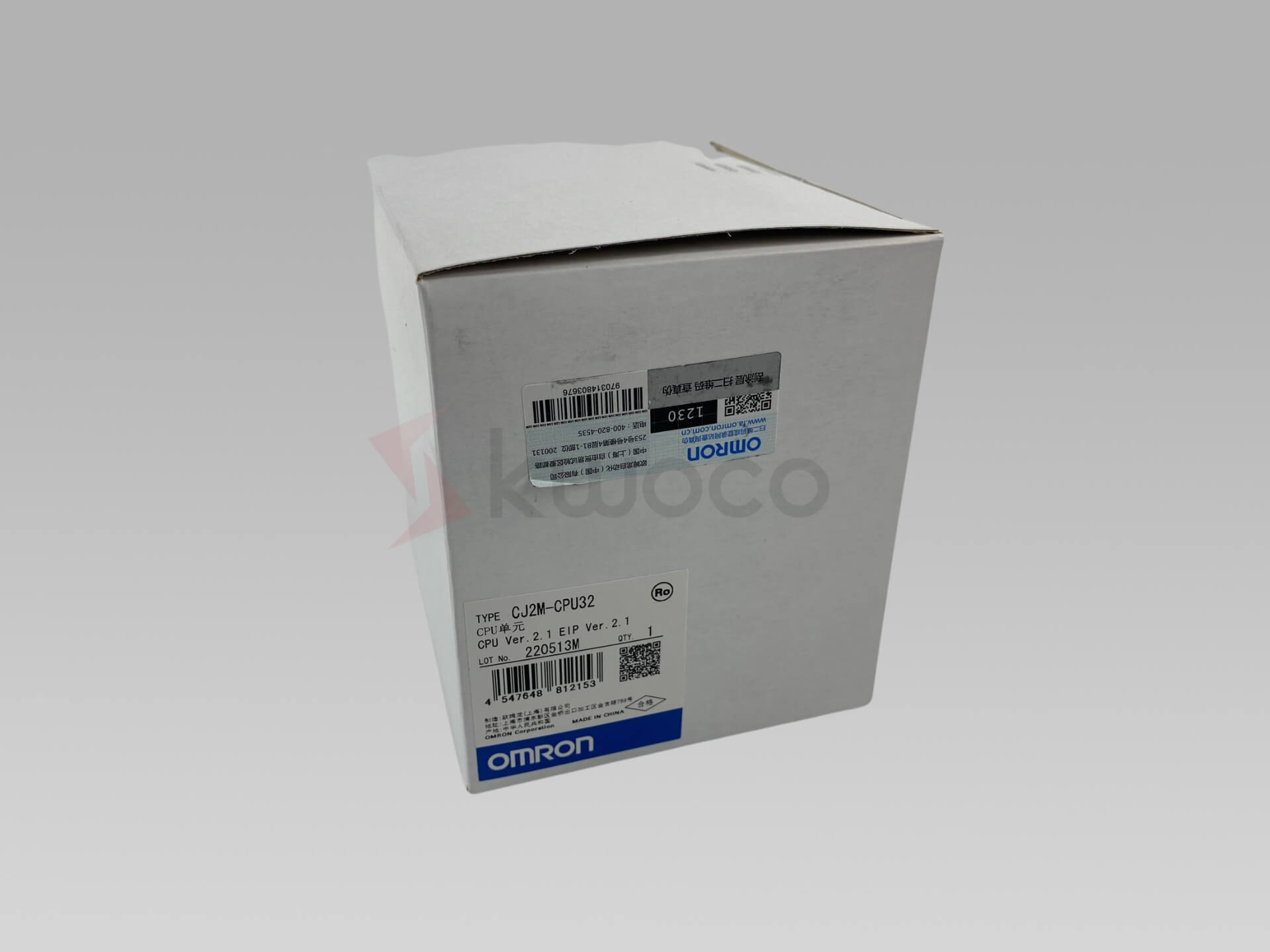Dominando painéis PLC: um guia para ler diagramas de fiação
Este guia abrangente investiga as complexidades dos RTCs dentro CLPs, revelando como aproveitar todo o potencial deles em seus programas. Não importa se você está configurando alarmes, registrando dados ou sincronizando processos, entender RTCs é essencial para operações eficientes e confiáveis.
Índice
O que é um RTC (Relógio de Tempo Real) em sistemas PLC?
Um RTC, ou Relógio de Tempo Real, é um dispositivo de cronometragem que mantém o controle da hora e data atuais, mesmo quando a energia principal está desconectada. Em sistemas PLC, o RTC garante que as operações baseadas em tempo ocorram precisamente quando programadas. Ele continua a funcionar com uma bateria ou fonte de energia secundária, mantendo a cronometragem precisa durante quedas de energia.
Um RTC normalmente consiste em um oscilador de cristal, que gera uma frequência precisa, e uma bateria para sustentar sua operação. O oscilador geralmente opera a 32,768 kHz, permitindo que o RTC conte segundos, minutos, horas e além. Essa cronometragem contínua é crucial para aplicativos que exigem agendamento, registro de dados ou registro de data e hora de eventos.
Por que os CLPs precisam de um relógio em tempo real?
PLCs, ou Controladores Lógicos Programáveis, são os cérebros por trás da automação industrial. Eles executam programas que controlam máquinas e processos. Mas por que um relógio de tempo real é essencial em PLCs?
- Funções baseadas em tempo: Os RTCs permitem que os PLCs executem tarefas em momentos específicos, como disparar um alarme ou iniciar uma máquina.
- Registro de dados: Registros de data e hora precisos são essenciais ao registrar dados para análise, conformidade ou solução de problemas.
- Sincronização:Em sistemas com vários dispositivos, os RTCs ajudam a sincronizar as operações para manter a eficiência e evitar conflitos.
Sem um RTC, um PLC não teria capacidade de programar operações precisas, diminuindo sua eficácia em aplicações com tempo limitado.
Como programar um RTC em um PLC
Programar um RTC envolve configurar suas definições e incorporar instruções baseadas em tempo em sua lógica ladder. Veja como você pode fazer isso:
- Acessar dados RTC: Recuperar a hora e a data atuais dos registros RTC.
- Use as instruções RTC: Implementar instruções como
LEITURA_RTCeCONJUNTO_RTCpara interagir com o relógio. - Incorporar na Lógica: Use os dados RTC em seus programas para acionar eventos, ajustar operações ou registrar dados.
Por exemplo, você pode criar um degrau na sua lógica ladder que ativa uma saída quando o RTC atinge um valor específico, como ativar a iluminação ao pôr do sol.
Compreendendo as instruções RTC na lógica ladder
Lógica ladder é uma linguagem de programação visual que representa diagramas de circuitos de hardware de lógica de relé. Entender instruções RTC em lógica ladder é a chave para uma programação eficaz.
- Instrução READ_RTC: Lê a hora e a data atuais do RTC e as armazena em registradores especificados.
- Instrução SET_RTC: Define o RTC para um novo valor de hora e data.
- Instrução COMPARE_TIME: Compara dados RTC com valores predefinidos para acionar ações.
Estas instruções permitem que você integre o RTC perfeitamente à sua lógica de controle, permitindo temporização e programação precisos.
Configurando alarmes usando o relógio em tempo real do PLC
Os alarmes são essenciais para alertar os operadores sobre condições ou eventos específicos. Usando o relógio em tempo real do PLC, você pode configurar alarmes para ativar em horários pré-determinados.
Etapas para configurar um alarme:
- Definir hora do alarme: Armazene o horário de alarme desejado em um registro.
- Comparar RTC e hora do alarme:Use um
COMPARE_TIMEinstrução para verificar se o RTC corresponde ao horário do alarme. - Saída de alarme de gatilho: Ativa um dispositivo de saída, como uma sirene ou luz, quando a comparação for verdadeira.
Lembre-se de ajustar o horário de verão ou as mudanças de horário local para garantir que o alarme funcione corretamente.
Sincronizando o PLC RTC com relógios externos
Sincronizar o RTC com um relógio externo garante que o tempo do seu PLC permaneça preciso, especialmente ao coordenar com outros dispositivos.
- Conectar dispositivo externo: Use interfaces de comunicação como I2C ou conexões seriais.
- Ler hora externa: Implementar instruções para ler dados de tempo da fonte externa.
- Atualizar o RTC: Escreva o tempo externo nos registradores RTC.
A sincronização regular ajuda a manter a consistência entre os sistemas, reduzindo erros devido a discrepâncias de tempo.
Solução de problemas comuns de RTC em PLCs
Mesmo com hardware confiável, os RTCs podem encontrar problemas. Veja como lidar com problemas comuns:
- Falha da bateria: Uma bateria descarregada pode fazer com que o RTC reinicie. Substitua a bateria ou a fonte de alimentação secundária para manter a operação.
- Mau funcionamento do oscilador:Se o oscilador de cristal falhar, o RTC não manterá o tempo preciso. Verifique o circuito do oscilador e substitua os componentes defeituosos.
- Erros de software: A programação incorreta pode levar a problemas de RTC. Revise sua lógica ladder e instruções para garantir que estejam corretas.
- Fatores ambientais: Temperaturas extremas ou interferência eletromagnética podem afetar o RTC. Proteja seu PLC com blindagem adequada.
Módulos RTC vs. RTCs integrados: qual é melhor?
Quando se trata de RTCs em PLCs, você tem duas opções:
RTCs integrados
- Vantagens: Integrado ao CLP, sem necessidade de hardware extra, menor consumo de energia.
- Desvantagens:Pode ter recursos limitados ou menos precisão.
Módulos RTC
- Vantagens: Oferece recursos avançados, maior precisão e pode ser adicionado a PLCs sem RTCs integrados.
- Desvantagens: Exige programação adicional e aumenta a complexidade do sistema.
Fatores de decisão:
- Necessidades de aplicação: Considere a precisão e os recursos necessários.
- Custo: Os módulos acrescentam despesas.
- Complexidade: RTCs integrados são mais simples de implementar.
Potencialize seus projetos com PLC Omron, Mitsubishi, Schneider novos e originais – em estoque, prontos agora!
Aplicações de relógio em tempo real em automação industrial
Os RTCs são usados em várias aplicações:
- Registro de dados: Carimbos de data e hora precisos para dados registrados.
- Operações programadas: Automatize tarefas como inicialização ou desligamento de equipamentos.
- Economia de energia: Sistemas de controle baseados em tempo para reduzir o consumo de energia.
- Sistemas de alarme: Dispara alarmes em horários ou intervalos específicos.
Ao aproveitar os RTCs, você aprimora a funcionalidade e a eficiência dos seus sistemas de automação.
Como atualizar e manter o RTC em seu PLC
A manutenção regular garante que seu RTC funcione corretamente:
- Substituir a bateria: Troque a bateria quando ela estiver fraca para evitar perda de tempo.
- Sincronizar regularmente: Sincronize o RTC com um relógio externo preciso para corrigir o desvio.
- Atualizações de firmware: Mantenha o software do seu CLP atualizado para se beneficiar de melhorias e correções.
- Monitorar o desempenho: Use ferramentas de diagnóstico para verificar o status do RTC e resolver problemas imediatamente.
Perguntas frequentes
Como faço para alterar a data e a hora no RTC do meu PLC?
Acesse as configurações RTC por meio do software de programação do seu PLC. Use a instrução SET_RTC para inserir os novos valores de data e hora. Consulte o manual do seu PLC para obter etapas específicas.
O que acontece se a bateria do RTC falhar?
Se a bateria falhar, o RTC pode reiniciar quando a energia for perdida, causando cronometragem incorreta. Substitua a bateria imediatamente para manter a hora precisa.
Posso sincronizar vários PLCs usando o RTC?
Sim, você pode sincronizar vários PLCs conectando-os a um relógio externo comum ou protocolo de tempo de rede. Isso garante que todos os dispositivos operem com a mesma referência de tempo.
Os CLPs se ajustam automaticamente para o horário de verão?
Alguns PLCs têm funções internas para ajustar o horário de verão automaticamente. Se não, você precisará programar esse ajuste manualmente na sua lógica ladder.
Por que meu RTC está perdendo precisão de tempo?
A perda de tempo pode ser devido a um oscilador de cristal com defeito ou a fatores ambientais que afetam a frequência do oscilador. Verifique o oscilador e considere sincronizar o RTC com mais frequência.
Conclusão
- RTCs permitem controle baseado em tempo: Essencial para agendamento, registro de dados e operações sincronizadas em PLCs.
- A programação adequada é crucial: Use instruções RTC de forma eficaz em sua lógica ladder para um controle preciso.
- Manutenção previne problemas: A substituição regular da bateria e a sincronização mantêm o RTC preciso.
- Escolha o tipo certo de RTC: Decida entre RTCs e módulos integrados com base nas necessidades do seu aplicativo.
- Mantenha-se proativo: Monitore e solucione problemas de RTC para garantir um desempenho confiável do sistema.
Ao dominar relógios em tempo real na programação de PLC, você desbloqueia novas possibilidades de automação, eficiência e precisão em suas operações.
Procurando por PLCs novos e originais para seus projetos? Na Kwoco, estocamos os PLCs mais recentes das principais marcas como Omron, Mitsubishi, e Schneider. Compre com confiança — envio rápido, qualidade garantida! Compre agora
Contate-nos
Basta preencher seu nome, endereço de e-mail e uma breve descrição de sua consulta neste formulário. Entraremos em contato com você em até 24 horas.
Você também pode achar esses tópicos interessantes

10 códigos comuns de alarme de servo drive Omron explicados
Como engenheiro na Kwoco com anos de experiência em automação industrial, trabalhei extensivamente com servo drives Omron. Ao longo dos anos, encontrei vários códigos de alarme que podem interromper as operações se não forem resolvidos imediatamente. Entender esses códigos é crucial para manter operações tranquilas e minimizar o tempo de inatividade.

O que é Lógica Ladder PLC e como ela funciona?
Controladores Lógicos Programáveis (CLPs) são a espinha dorsal da automação industrial, e a lógica ladder é a linguagem de programação mais popular usada para instruir esses CLPs. Este artigo se aprofunda nos fundamentos da lógica ladder, desmistificando como ela funciona e por que é essencial para qualquer pessoa interessada em programação de CLP entender. Seja você um engenheiro experiente ou novo em automação, este guia aumentará seu conhecimento e habilidades.

Por que seu PLC precisa de uma fonte de alimentação separada
Por que seu CLP precisa de uma fonte de alimentação separada Você já se perguntou por que os sistemas CLP geralmente exigem uma fonte de alimentação separada?






